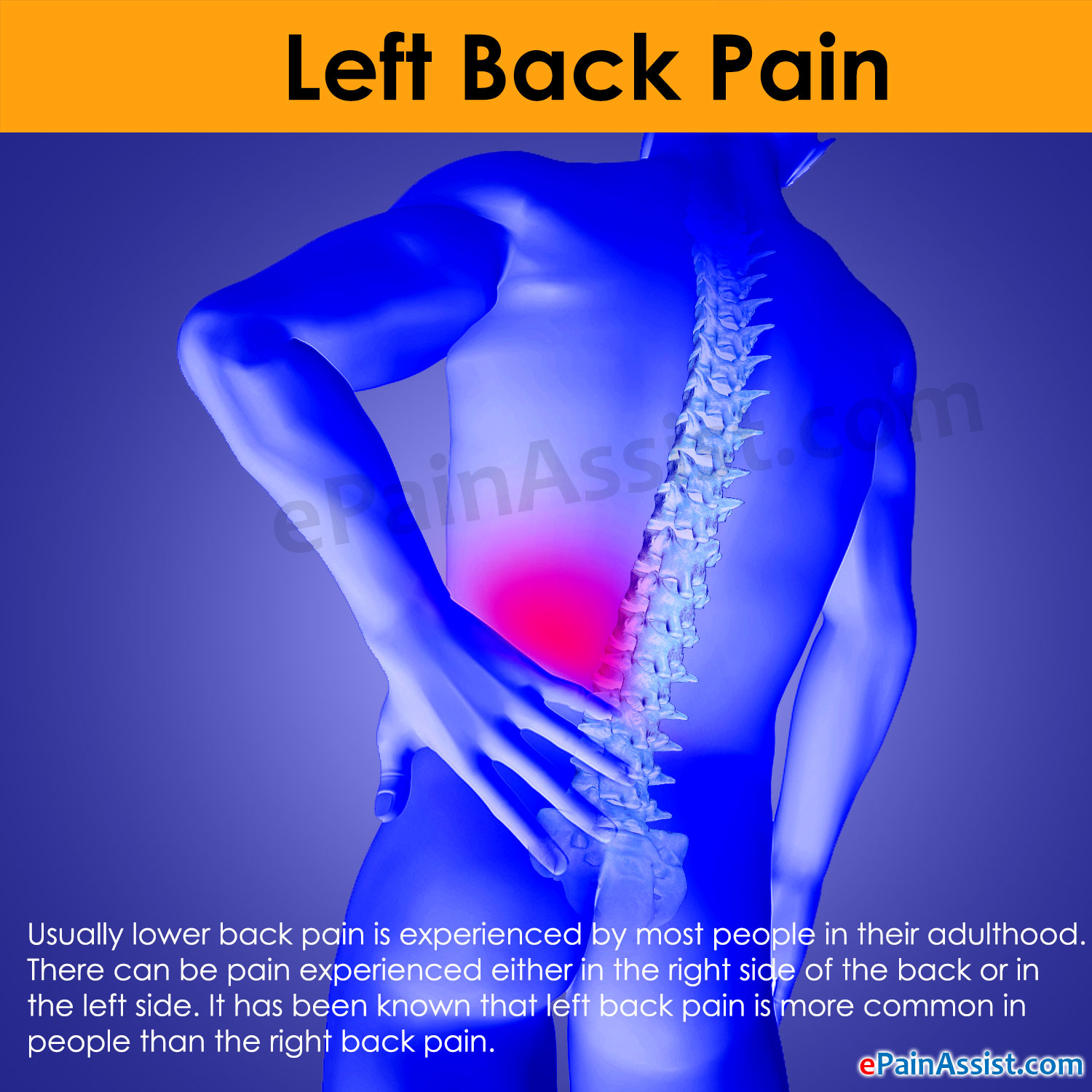Lower back pain is a common ailment affecting many individuals, largely due to our upright posture and the daily wear and tear on our spines. Most of us will encounter back pain at some point in our lives, whether from sports-related injuries, accidents, or congenital conditions like scoliosis. Often, this pain can be eased without resorting to medication.

The human spine undergoes stress daily, from the constant pull of gravity on our vertebrae to the normal degenerative processes of aging. But not all back pain is created equal. It can arise from various sources and manifest differently from one individual to another. If you’re experiencing back pain, it’s essential to understand its potential causes and types, as well as the diagnostic tests available.
One often overlooked factor in back pain is posture. Maintaining good posture not only helps you look and feel better but can also be a key to reducing back pain. Day-to-day activities, when done with poor posture, can lead to upper or lower back pain over time.
Moreover, the rise of chronic low-grade inflammation in many individuals is a growing concern. This silent killer is linked to various serious conditions, from cardiovascular diseases and cancer to type 2 diabetes. It’s vital to combat this inflammation to maintain overall health and alleviate back pain.
Thankfully, there are numerous at-home remedies to consider if you’re looking to alleviate lower back pain. These options can provide relief until your back regains its normal function. Some simple strategies include practicing good posture, exercising regularly, and making lifestyle changes.
Certain risk factors for back pain are beyond our control, such as genetics, gender, and age. However, there are many modifiable risk factors that you can address to reduce the likelihood of experiencing back pain or to better manage it.
For those considering medication, NSAIDs are commonly used for back pain relief. Over-the-counter options include ibuprofen and naproxen, but it’s crucial to understand how these medications work and their potential side effects.
In conclusion, while back pain is a prevalent condition, there are many ways to manage and reduce its impact on your life. Understanding the causes, seeking appropriate treatments, and making necessary lifestyle changes can greatly help in alleviating the discomfort.


